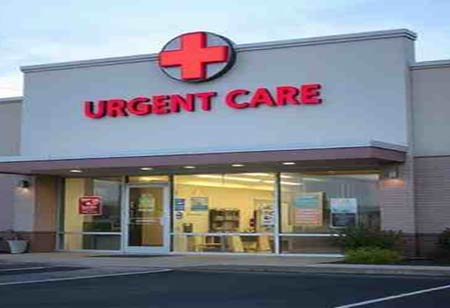Urgent Care Revolution: Meeting Patient Needs in a Digital Age
The urgent care industry is adapting to meet patient needs with technology and expanded services, ensuring timely care and a crucial role in healthcare’s future.

By
Medical Care Review | Monday, March 24, 2025
Stay on top of your health and well-being with exclusive feature stories on the top medical clinics and treatment centers, expert insights and the latest news delivered straight to your inbox. Subscribe today.
Fremont, CA: The healthcare landscape continually evolves, and urgent care centers are at the forefront of addressing the increasing demand for accessible and efficient medical services. With patients seeking immediate care for non-life-threatening conditions, several trends are shaping the urgent care industry.
The Integration of Technology
Incorporating technology into urgent care practices has revolutionized patient experience and operational efficiency. Telemedicine has become an essential tool that allows healthcare providers to conduct virtual consultations. Patients can consult healthcare professionals via telehealth platforms from home, accessing medical advice without in-person visits. Additionally, electronic health records (EHR) systems are becoming increasingly sophisticated in urgent care settings.
These systems streamline patient information management, allowing quicker access to medical histories, test results, and treatment plans. As a result, clinicians can make informed decisions rapidly, leading to better patient outcomes. Moreover, using mobile apps to schedule appointments and reminders helps reduce wait times and enhances patient satisfaction. With the trend toward complete digital integration, urgent care centers can provide a more seamless and efficient experience, which is crucial in today’s fast-paced environment.
Expansion of Services
Traditionally known for treating minor injuries and illnesses, many urgent care facilities now offer more comprehensive services, including occupational health, minor surgical procedures, and even preventative care. Urgent care centers are stepping in to provide pre-employment physicals, drug screenings, and injury management for employees. This trend benefits employers and provides additional revenue streams for urgent care facilities. Moreover, a growing emphasis is on preventive care within urgent care settings. Many centers now offer vaccinations, wellness checks, and health screenings to catch potential health issues before they escalate.
Urgent care centers collaborate with hospitals and primary care physicians in numerous ways to streamline patient care. One key method is through referral networks, where patients are directed to hospitals for specialized services as needed, ensuring timely and appropriate care. Additionally, many urgent care facilities share electronic health records with hospitals and primary care offices, enhancing communication and enabling coordinated treatment.
This access to patient histories allows for informed decision-making and effective follow-ups. Urgent care centers also participate in joint initiatives with local health systems, such as immunization drives and health screenings, promoting better community health outcomes. These collaborations help ensure continuity of care, bridging the gap between immediate and ongoing services.
More in News







